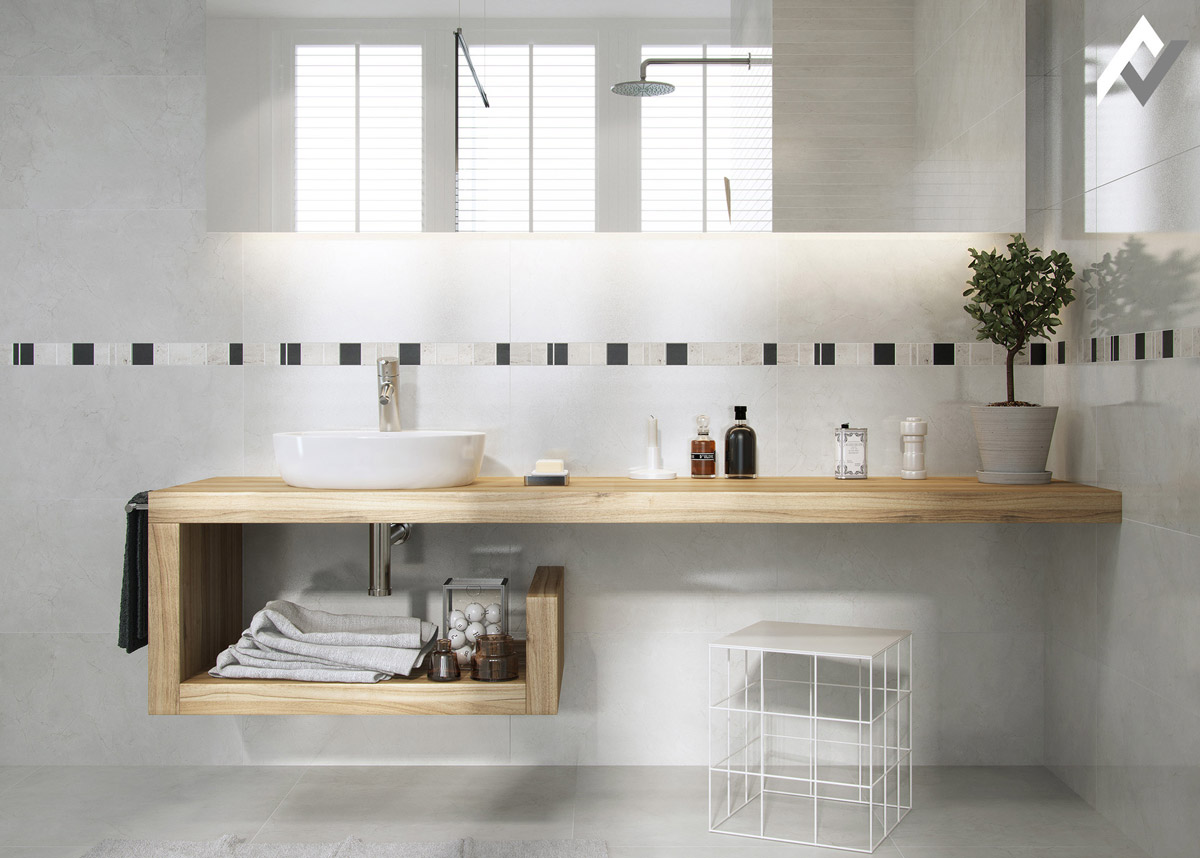

Articles
How To Style Bathroom Vanity
Modified: January 18, 2024
Learn how to style your bathroom vanity with these informative articles. Get expert tips and ideas to create a beautiful and functional space.
(Many of the links in this article redirect to a specific reviewed product. Your purchase of these products through affiliate links helps to generate commission for Storables.com, at no extra cost. Learn more)
Introduction
When it comes to designing your bathroom, the vanity is a key element that can make a significant impact on the overall style and functionality of the space. A well-designed bathroom vanity not only provides essential storage and countertop space, but it also serves as a focal point that can elevate the aesthetic appeal of the room.
In this article, we will guide you through the process of styling your bathroom vanity to create a cohesive and visually appealing look. From selecting the right style and color to choosing the appropriate countertop material and sink type, we will cover all the crucial aspects that will help you transform your bathroom vanity into a stylish centerpiece.
Whether you are starting from scratch or looking to update your existing vanity, this comprehensive guide will provide you with the knowledge and inspiration needed to make informed decisions. So, let’s dive in and learn how to style your bathroom vanity to achieve the perfect balance between functionality and design.
Key Takeaways:
- Choosing the right vanity style, color, countertop material, sink type, and faucet style is crucial for creating a cohesive and visually appealing bathroom vanity that reflects your personal taste and enhances the functionality of the space.
- Incorporating efficient storage options, well-integrated lighting fixtures, carefully selected accessories, and coordinating with the overall bathroom design are essential steps in styling and maintaining a beautiful and functional bathroom vanity.
Read more: How To Organize A Vanity
Step 1: Selecting the Vanity Style
The first step in styling your bathroom vanity is choosing the right style that aligns with your personal taste and the overall theme of your bathroom. The style of the vanity sets the tone for the entire space, so it’s important to consider factors such as the size of the bathroom, the desired aesthetic, and the functionality you require.
There are various vanity styles to choose from, ranging from traditional to modern and everything in between. Traditional vanities often feature intricate details, elegant hardware, and decorative molding, which can add a touch of timeless beauty to your bathroom.
For a more contemporary look, modern vanities offer sleek lines, minimalist designs, and innovative materials. These styles are perfect for those who prefer a clean and uncluttered aesthetic.
A popular choice for many homeowners is the transitional style, which combines elements of both traditional and modern designs. With its versatility, this style allows you to blend different elements seamlessly and create a unique look that suits your preferences.
When selecting the vanity style, consider the available space in your bathroom. If you have a smaller bathroom, a wall-mounted vanity can help create the illusion of more space, while a freestanding vanity can make a bold statement in a larger bathroom.
Additionally, think about the storage needs of your bathroom and choose a vanity style that offers adequate storage options such as drawers or cabinets. This will help you keep your bathroom organized and tidy.
Remember, the vanity style you choose should not only complement your personal style, but it should also harmonize with the overall design of your bathroom. By selecting the right vanity style, you can create a cohesive and visually appealing space that reflects your unique taste and enhances the functionality of your bathroom.
Step 2: Choosing the Right Color
The color of your bathroom vanity plays a crucial role in the overall aesthetics of the space. It can set the mood, create visual interest, and tie together the different elements of your bathroom design. When choosing the color for your vanity, consider the following factors:
- Bathroom Theme: The color of your vanity should complement the overall theme or style of your bathroom. For a classic and timeless look, neutral colors like white, beige, or gray are commonly used. If you want to add a pop of color or create a more vibrant atmosphere, you can opt for bolder shades like navy blue, emerald green, or even a trendy pastel color.
- Bathroom Size: The color of your vanity can also impact the perception of space in your bathroom. Lighter colors tend to make a small bathroom appear larger and more open, while darker colors can add depth and create a cozy atmosphere in a larger bathroom.
- Consider Your Personal Style: Choose a color that resonates with your personal taste and preferences. If you prefer a more calming and serene ambiance, opt for soothing colors like soft blues or greens. If you want to make a bold statement, vibrant colors like red or yellow can add a pop of personality.
- Coordinate with Existing Fixtures: Take into account the color of your existing bathroom fixtures such as faucets, showerheads, and towel racks. Ensure that the color of your vanity complements or coordinates with these elements to create a cohesive and harmonious look.
- Consider Longevity: While trendy colors can be appealing, it’s important to consider the long-term appeal of your vanity color. Will it still be in style a few years down the line? Consider opting for timeless colors that can adapt to changing design trends.
Once you’ve taken these factors into consideration, it’s a good idea to test the color options by obtaining samples or using virtual design tools to visualize how the color will look in your bathroom. This will help you make a more informed decision.
Remember, choosing the right color for your bathroom vanity is about personal preference and creating a space that reflects your style. By selecting a color that suits your taste and harmonizes with the overall design of your bathroom, you can create a visually appealing and cohesive space that you will enjoy for years to come.
Step 3: Picking the Countertop Material
The countertop material of your bathroom vanity is not only a practical consideration but also a significant design element that can enhance the overall aesthetic of your bathroom. The right choice of countertop material can provide durability, functionality, and visual appeal. When picking the countertop material, consider the following factors:
- Budget: Determine your budget for the countertop material and choose an option that fits within your price range. Countertop materials range in price, from more affordable options like laminate and ceramic tile to higher-end materials such as quartz and marble.
- Style Preference: Consider the style and look you want to achieve in your bathroom. Different countertop materials offer various textures and finishes. For a sleek and modern look, quartz or solid surface countertops can be a great choice. For a classic and elegant feel, natural stone materials like marble or granite can create a luxurious ambiance.
- Durability: Think about the durability and maintenance requirements of the countertop material. Some materials, like quartz, are highly durable and resistant to stains and scratches. Others, like marble, may require extra care and upkeep to maintain their appearance over time.
- Water and Heat Resistance: Consider the exposure to water and heat in the bathroom when choosing your countertop material. Opt for materials that are resistant to water damage and can withstand the heat from styling tools or hot water.
- Seamless Integration: If you have multiple sinks in your vanity or require a larger countertop space, consider the seamlessness of the material. Certain materials like quartz can be fabricated with minimal seams, creating a seamless and aesthetically pleasing surface.
It’s important to research and compare different countertop materials to find the one that best fits your needs and preferences. Take into account factors such as maintenance requirements, durability, and style to make an informed decision.
Ultimately, the countertop material you choose should not only be visually appealing but also functional and practical for your bathroom. By considering these factors and selecting the right material, you can ensure that your bathroom vanity becomes a beautiful and functional centerpiece in your bathroom design.
Step 4: Selecting the Sink Type
The sink is an essential component of your bathroom vanity that not only serves its practical purpose but also adds to the overall aesthetic appeal. When selecting the sink type for your vanity, there are several factors to consider:
- Bathroom Size: Consider the size of your bathroom and the available space for the sink. If you have a smaller bathroom, a pedestal sink or a wall-mounted sink can help maximize space and create a more open feel. In larger bathrooms, you have more flexibility with the sink size and style.
- Functionality: Determine your needs and preferences in terms of functionality. Do you require a sink with multiple faucets to accommodate multiple users? Do you need additional counter space for toiletries? Consider these factors when selecting the sink type.
- Style: The sink type should align with the overall style of your bathroom. There are various sink styles available, such as undermount, vessel, drop-in, and integrated sinks. Each style offers a unique look, so choose one that complements the vanity style and the overall design of your bathroom.
- Maintenance: Consider the maintenance requirements of different sink types. Some sinks may be easier to clean and maintain than others. For example, undermount sinks are generally easier to clean since there are no edges or seams where dirt and grime can accumulate.
- Budget: Determine your budget for the sink and choose a type that fits within your price range. There are various options available at different price points, ranging from affordable ceramic sinks to more luxurious options like glass or stone vessels.
Take the time to research and compare different sink types to find the one that meets your needs and enhances your bathroom’s style. Consider visiting showrooms or browsing online to get a better sense of the different options available.
Remember, the sink type you choose should not only be functional but also add a touch of elegance and style to your vanity. By carefully selecting the sink type, you can create a beautiful and cohesive look that enhances the overall design of your bathroom.
Read more: How To Paint A Vanity
Step 5: Deciding on the Faucet Style
The faucet is a crucial element of your bathroom vanity, as it not only serves its functional purpose but also adds to the overall aesthetic appeal. When deciding on the faucet style for your vanity, there are several factors to consider:
- Bathroom Theme: The faucet style should align with the overall theme or style of your bathroom. For a traditional or classic look, consider faucets with intricate details and elegant designs. For a more modern or minimalist style, opt for sleek and streamlined faucet designs.
- Faucet Finish: Choose a finish that complements the other fixtures in your bathroom, such as the showerhead, towel racks, and cabinet hardware. Popular faucet finishes include chrome, brushed nickel, oil-rubbed bronze, and matte black. Ensure the finish coordinates well with the overall color scheme of your bathroom.
- Sink Compatibility: Consider the type of sink you have and its compatibility with different faucet styles. For example, vessel sinks typically require tall faucets to accommodate the height of the sink, while undermount sinks may require a different style of faucet.
- Functionality: Determine your preferences in terms of faucet functionality. Do you prefer single-handle or double-handle faucets? Do you want a pull-down or pull-out sprayer? Consider your needs and convenience when choosing the faucet style.
- Budget: Set a budget for the faucet and choose a style that fits within your price range. Faucets come in a wide range of prices, so you can find options that suit your budget without compromising on quality.
Take the time to explore various faucet styles, finishes, and features to find the one that best suits your needs and enhances the overall design of your bathroom vanity. Consider visiting showrooms or browsing online to see different options in person and get a better sense of their quality and aesthetics.
Remember, the faucet style you choose should not only be functional but also elevate the overall style of your bathroom. By selecting the right faucet style, you can add a touch of elegance and sophistication to your vanity, creating a cohesive and visually appealing space.
When styling a bathroom vanity, consider using a mix of functional and decorative items such as trays, jars, and plants to add both organization and visual interest to the space.
Step 6: Adding Storage Options
One of the key considerations when styling your bathroom vanity is creating effective storage solutions. A well-organized vanity not only enhances the functionality of the space but also contributes to a clean and clutter-free bathroom. Here are some storage options to consider:
- Drawers: Incorporating drawers in your vanity design allows you to neatly store and organize smaller items such as makeup, toiletries, and grooming tools. Opt for drawers with dividers or compartments to keep everything organized and easily accessible.
- Cabinets: Cabinets provide ample storage space for larger items such as towels, cleaning supplies, and bathroom essentials. Consider choosing cabinets with adjustable shelves to accommodate items of varying sizes.
- Open Shelving: Open shelves can be a stylish way to add storage and display decorative items such as candles, plants, or woven baskets. They also provide easy access to frequently used items.
- Baskets and Bins: Utilize baskets or bins to corral and organize smaller items within your drawers or cabinets. This helps prevent clutter and makes it easy to find what you need.
- Vertical Storage: Maximize vertical space by incorporating wall-mounted storage solutions. Install hooks or racks for hanging towels, robes, and other items. Consider adding a medicine cabinet above the vanity for additional storage.
When adding storage to your vanity, consider the size and layout of your bathroom. Optimize the space by utilizing the available vertical and horizontal areas. Also, make sure to declutter regularly and remove items that are no longer needed to maintain an organized and functional vanity.
Remember, the goal is to create storage solutions that not only meet your practical needs but also enhance the aesthetics of your bathroom. By incorporating thoughtful and efficient storage options, you can keep your vanity clean and organized while adding to the overall style and functionality of the space.
Step 7: Integrating Lighting Fixtures
Lighting is a crucial element in any bathroom design, and integrating the right lighting fixtures can greatly enhance the functionality and ambiance of your vanity area. When choosing lighting fixtures for your bathroom vanity, consider the following factors:
- Task Lighting: Task lighting is essential for performing daily grooming tasks such as applying makeup, shaving, or styling hair. Opt for light fixtures that provide ample brightness and are positioned to eliminate shadows on your face. Vanity lights mounted on either side of the mirror or a lighted mirror are popular options for task lighting.
- Aesthetic Appeal: Lighting fixtures also contribute to the overall aesthetics of your bathroom. Consider the style and design of the fixtures to ensure they align with the overall theme of your bathroom. Whether you prefer modern sconces, sleek pendant lights, or classic chandeliers, choose fixtures that complement the vanity and add a touch of elegance to the space.
- Lighting Placement: Pay attention to the placement of your lighting fixtures to ensure even illumination across the vanity area. Avoid placing a single light fixture directly above the mirror, as this can create harsh shadows on the face. Instead, position multiple fixtures on either side of the mirror to provide more balanced lighting.
- Dimmers: Consider installing dimmer switches for your vanity lighting. This allows you to adjust the brightness according to your needs and create a more relaxed and soothing atmosphere when desired.
- Energy Efficiency: Opt for energy-efficient LED light fixtures to reduce your electricity consumption and minimize maintenance needs. LED lights are not only eco-friendly but also long-lasting, providing you with reliable lighting for years to come.
Take into account the size and layout of your vanity area when selecting lighting fixtures. Consider the height and width of the vanity and the placement of other elements such as mirrors and cabinets. Ensure that the lighting fixtures are proportionate to the size of the vanity and provide adequate illumination.
By carefully selecting and integrating the right lighting fixtures, you can create a well-lit and inviting vanity area that enhances both functionality and aesthetics in your bathroom. A combination of task lighting, decorative fixtures, and adjustable brightness will contribute to a visually appealing and functional space.
Step 8: Accessorizing the Vanity
Adding the right accessories to your bathroom vanity can elevate its style and make it feel more personalized and inviting. Here are some ideas for accessorizing your vanity:
- Decorative Containers: Display your essentials like cotton balls, Q-tips, or bath salts in decorative containers or jars. This not only adds a stylish touch but also keeps these items easily accessible.
- Vanity Tray: Place a vanity tray on your countertop to gather and organize your frequently used skincare or beauty products. This adds a touch of elegance while keeping your vanity organized.
- Plants or Flowers: Bring a bit of nature to your vanity by adding small potted plants or a vase with fresh flowers. Not only do they add a pop of color, but they also create a sense of freshness and serenity.
- Artwork: Hang a small piece of artwork or a mirror above your vanity to add visual interest and create a focal point. Choose artwork that complements the colors and style of your bathroom.
- Trinket Trays: Use trinket trays or small decorative dishes to hold your everyday jewelry or small accessories. This keeps them organized and prevents them from getting lost or tangled.
- Towel and Robe Hooks: Install hooks on the side of your vanity or on the wall to hang towels and robes. This not only adds functionality but also keeps your vanity area neat and organized.
- Mirror Décor: Consider adding decorative elements to the edges or corners of your vanity mirror to give it a more polished and customized look. This can be in the form of decorative trim, adhesive decals, or even LED strips.
When accessorizing your vanity, keep in mind that less is often more. Select a few key pieces that align with your personal style and complement the overall theme of your bathroom. Arrange them in a way that creates a visually pleasing and clutter-free space.
Remember, the goal is to personalize your vanity area and make it feel like a reflection of your style. By adding carefully selected accessories, you can transform your bathroom vanity into a decorative and functional area that enhances the overall ambiance of your bathroom.
Read more: What Is A Vanity?
Step 9: Coordinating with the Bathroom Design
Coordinating your bathroom vanity with the overall design of your bathroom is essential to create a cohesive and harmonious space. Here are some tips to help you coordinate your vanity with the rest of the bathroom design:
- Color Scheme: Ensure that the color of your vanity complements or matches the color scheme of your bathroom. Consider the hues and tones used on the walls, tiles, and other fixtures. A well-coordinated color scheme brings a sense of unity and balance to the space.
- Materials and Finishes: Coordinate the materials and finishes of your vanity with the other elements in your bathroom. If you have chrome fixtures, consider incorporating chrome accents on your vanity. If your bathroom features natural stone tiles, choose a vanity countertop material that complements the same look.
- Style and Theme: Ensure that the style and theme of your vanity align with the overall theme of your bathroom. If your bathroom has a contemporary design, choose a vanity with clean lines and modern finishes. For a more traditional bathroom, opt for a vanity with detailed woodwork and elegant hardware.
- Proportions and Scale: Consider the size and scale of your bathroom when choosing a vanity. A large vanity may overwhelm a small bathroom, while a small vanity may get lost in a spacious bathroom. Aim for proportionality and ensure that the size of your vanity complements the overall layout of the space.
- Consistency in Design Elements: Pay attention to the design elements used throughout your bathroom and ensure consistency. This includes the shape of the sink, the style of the faucet, and the choice of hardware. Consistency creates a more polished and cohesive look.
Take into account the existing design elements in your bathroom and use them as a guide when selecting your vanity. If you’re starting from scratch, consider creating a mood board or collecting inspiration to help you visualize how different design elements will work together.
Remember, coordinating your vanity with the overall bathroom design is essential to create a harmonious and visually appealing space. By carefully selecting materials, finishes, and styles that complement each other, you can achieve a cohesive and well-designed bathroom that you’ll love.
Step 10: Maintenance Tips
To keep your bathroom vanity looking its best and functioning properly, regular maintenance is key. Here are some maintenance tips to help you take care of your vanity:
- Clean Regularly: Wipe down your vanity regularly using a soft, non-abrasive cloth and mild cleaning agents. Avoid using harsh chemicals or abrasive cleaners that can damage the surface. Be sure to clean both the countertop and the sink to remove any dirt, grime, or soap residue.
- Protect from Moisture: Keep your vanity dry and prevent water damage by wiping up any spills or excess water immediately. Consider using coasters or trays to prevent water rings or stains on the countertop. If your vanity has wood components, use a waterproof sealant to protect it from moisture.
- Check for Leaks: Regularly inspect the plumbing connections underneath your vanity for any leaks. Look for signs of water damage, such as warped wood or mold growth. Fix any leaks promptly to prevent further damage to your vanity and the surrounding areas.
- Seal the Countertop: If you have a natural stone countertop, consider sealing it periodically to protect it from stains and moisture damage. Follow the manufacturer’s instructions for the appropriate sealant and frequency of application.
- Handle with Care: Be gentle when handling the drawers, cabinets, and hardware of your vanity to prevent any damage or breakage. Avoid slamming the drawers or forcefully closing the cabinets. Regularly tighten loose knobs or handles to ensure they stay securely in place.
- Prevent Scratches: Use soft cloths or gentle cleaning tools to prevent scratches on the vanity surface. Avoid using abrasive materials, rough sponges, or scouring pads that can damage the finish. If necessary, use felt pads or coasters under objects to prevent scratches.
- Regular Inspections: Periodically inspect your vanity for any signs of damage or wear. Check the hinges, hardware, and joints to ensure they are still in good condition. Address any issues promptly to prevent further damage or costly repairs.
By following these maintenance tips, you can preserve the beauty and functionality of your bathroom vanity for years to come. Regular cleaning and care will keep your vanity looking pristine and ensure that it continues to be a stylish and functional centerpiece in your bathroom.
Conclusion
Styling your bathroom vanity is an exciting opportunity to transform your bathroom into a space that is not only functional but also visually appealing. By following the steps outlined in this guide, you can create a vanity that reflects your personal style and enhances the overall design of your bathroom.
From selecting the right vanity style and color to choosing the appropriate countertop material, sink type, and faucet style, every decision you make contributes to the final result. Consider the size and layout of your bathroom, as well as your budget and maintenance requirements, to make informed choices.
Don’t forget about the importance of storage options and lighting fixtures in enhancing both the practicality and ambiance of your vanity area. And when it comes to adding accessories and coordinating with the rest of your bathroom design, aim for a cohesive and harmonious look that ties everything together.
Lastly, remember the importance of regular maintenance to keep your vanity looking its best. Cleaning regularly, protecting from moisture, and addressing any issues promptly will ensure that your vanity remains in top condition for years to come.
By following these steps and incorporating your personal style and preferences, you can create a bathroom vanity that not only meets your functional needs but also becomes a beautiful focal point in your bathroom. Enjoy the process of styling your vanity and the transformation it brings to your daily routine and overall bathroom experience.
Frequently Asked Questions about How To Style Bathroom Vanity
Was this page helpful?
At Storables.com, we guarantee accurate and reliable information. Our content, validated by Expert Board Contributors, is crafted following stringent Editorial Policies. We're committed to providing you with well-researched, expert-backed insights for all your informational needs.
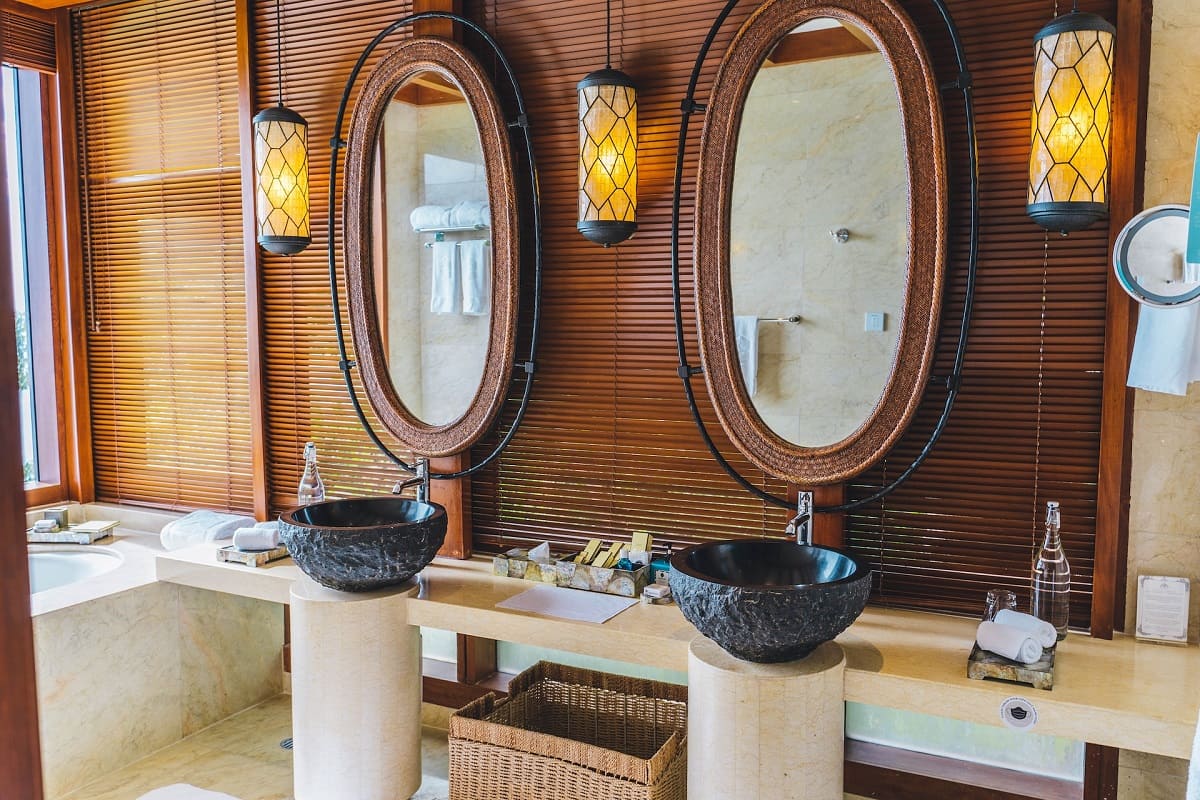
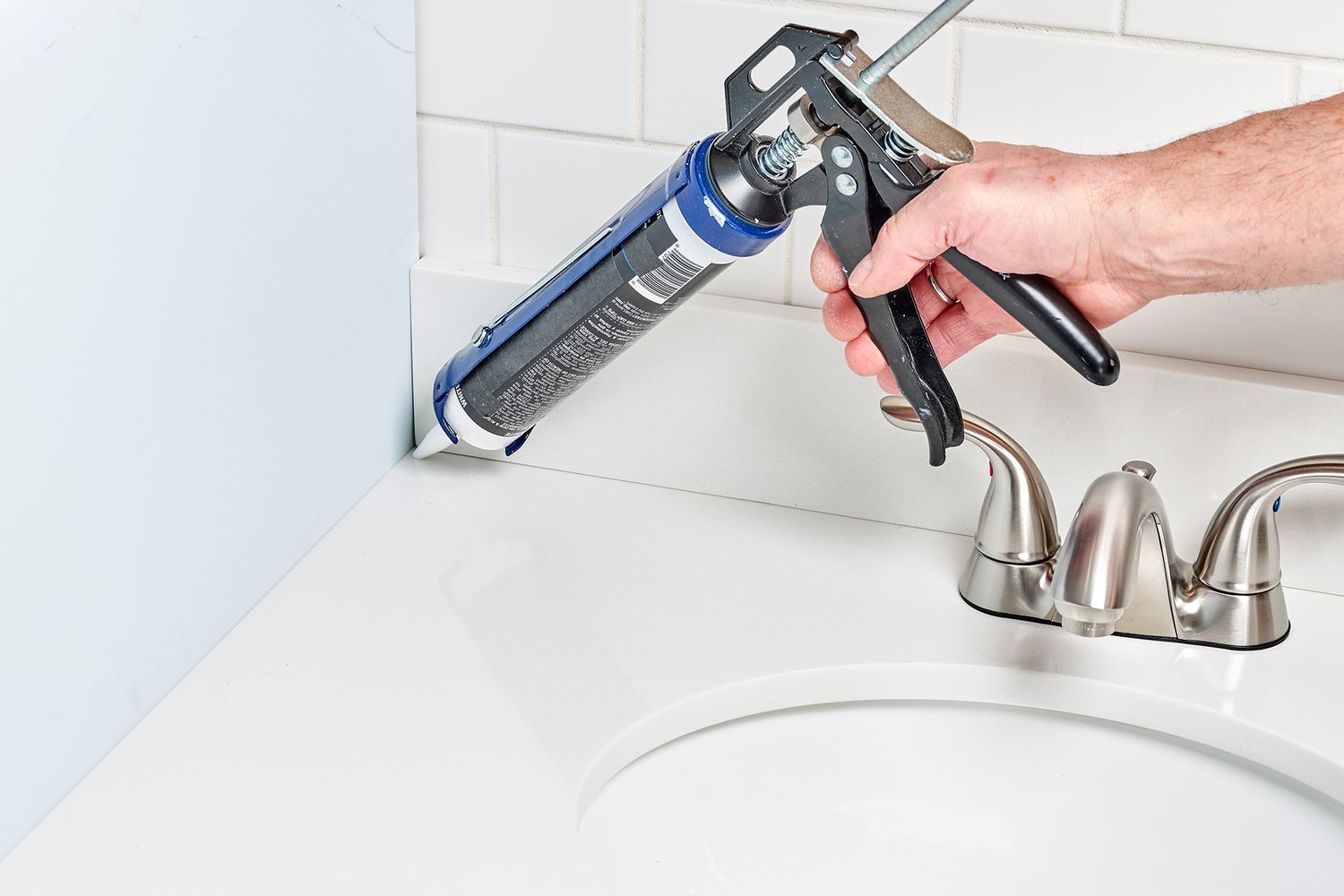
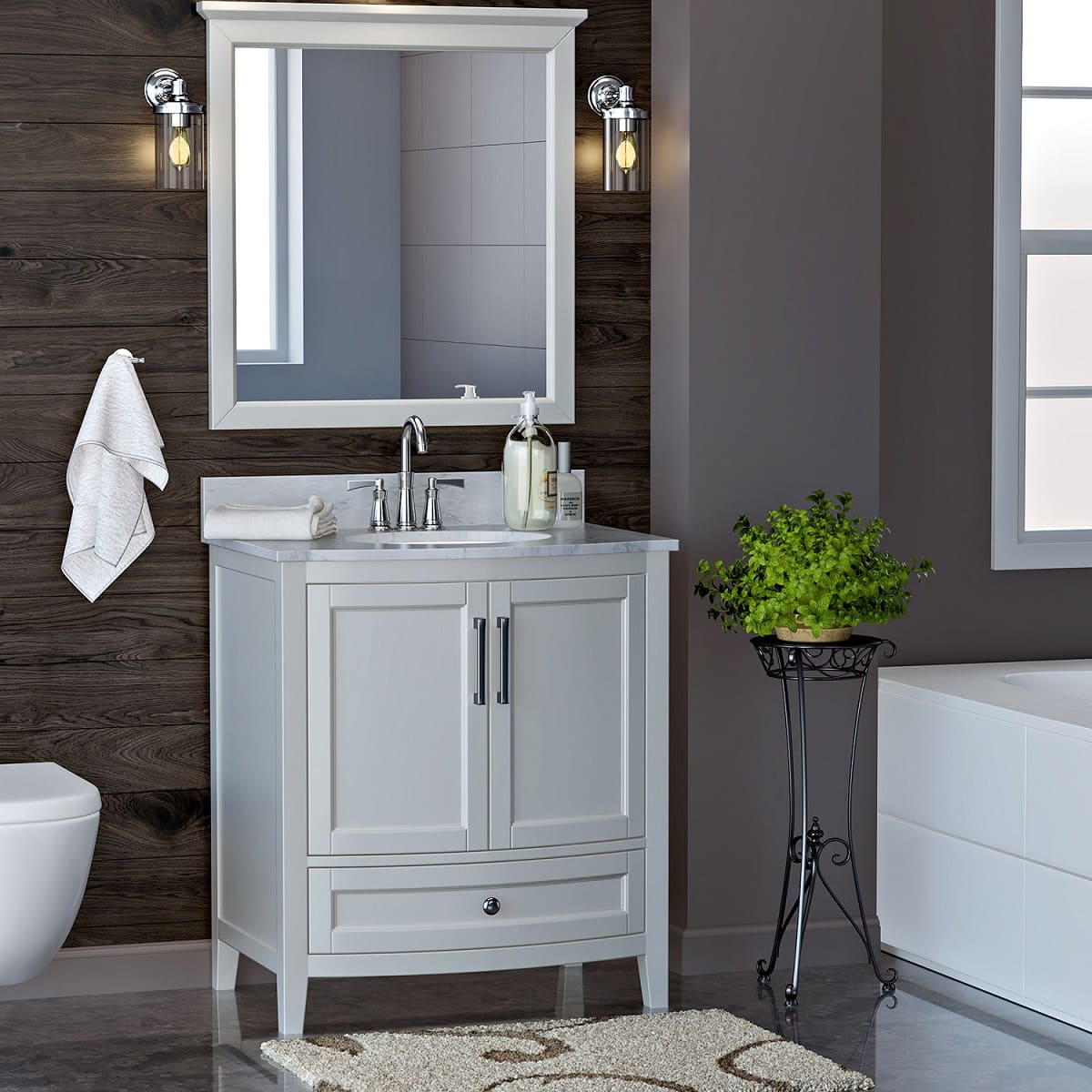

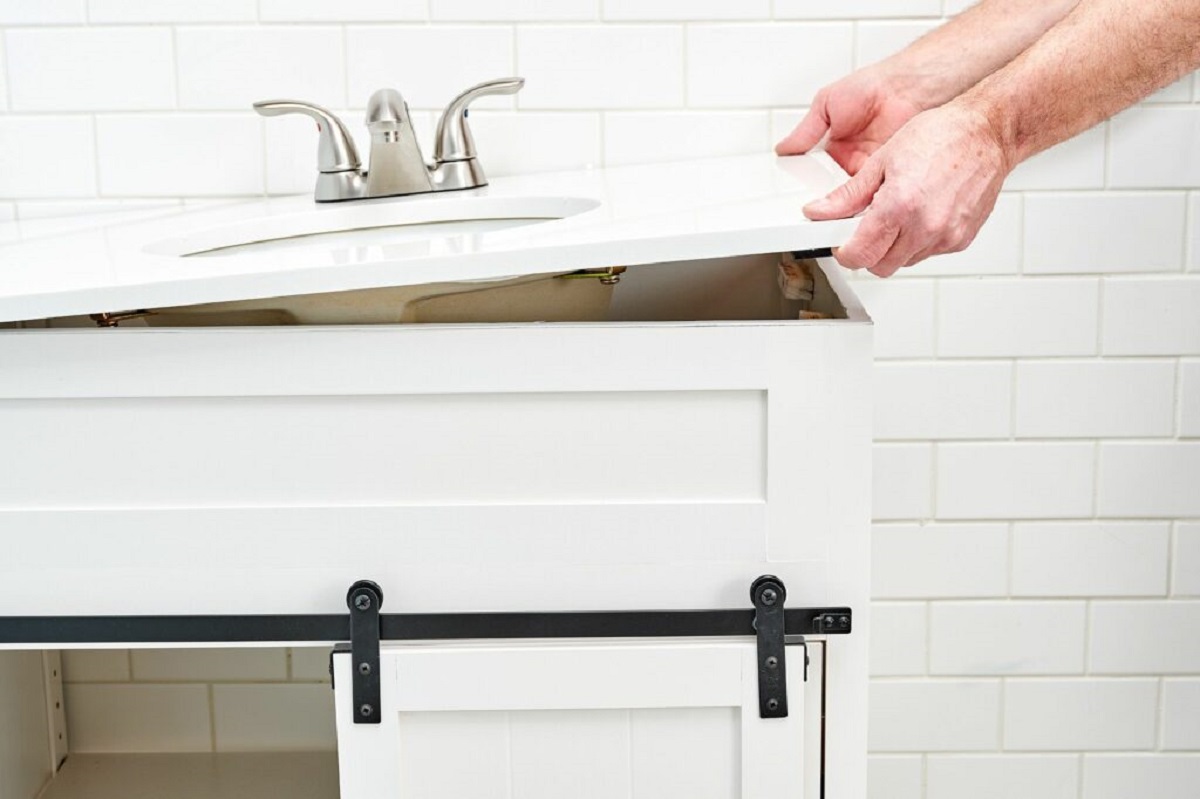
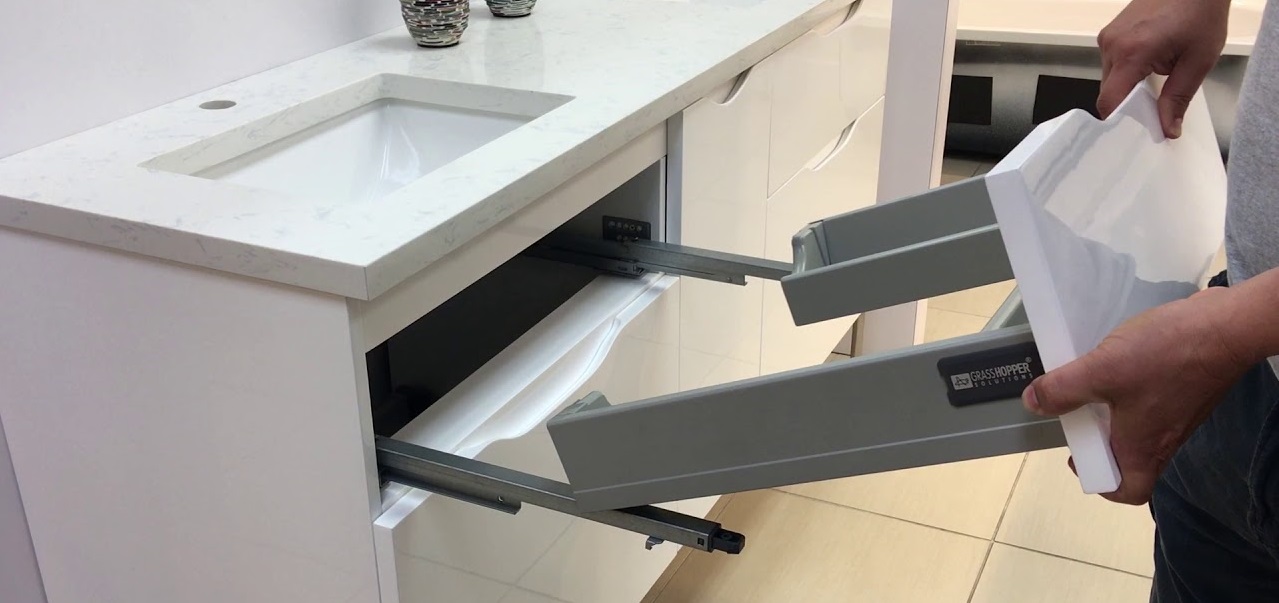
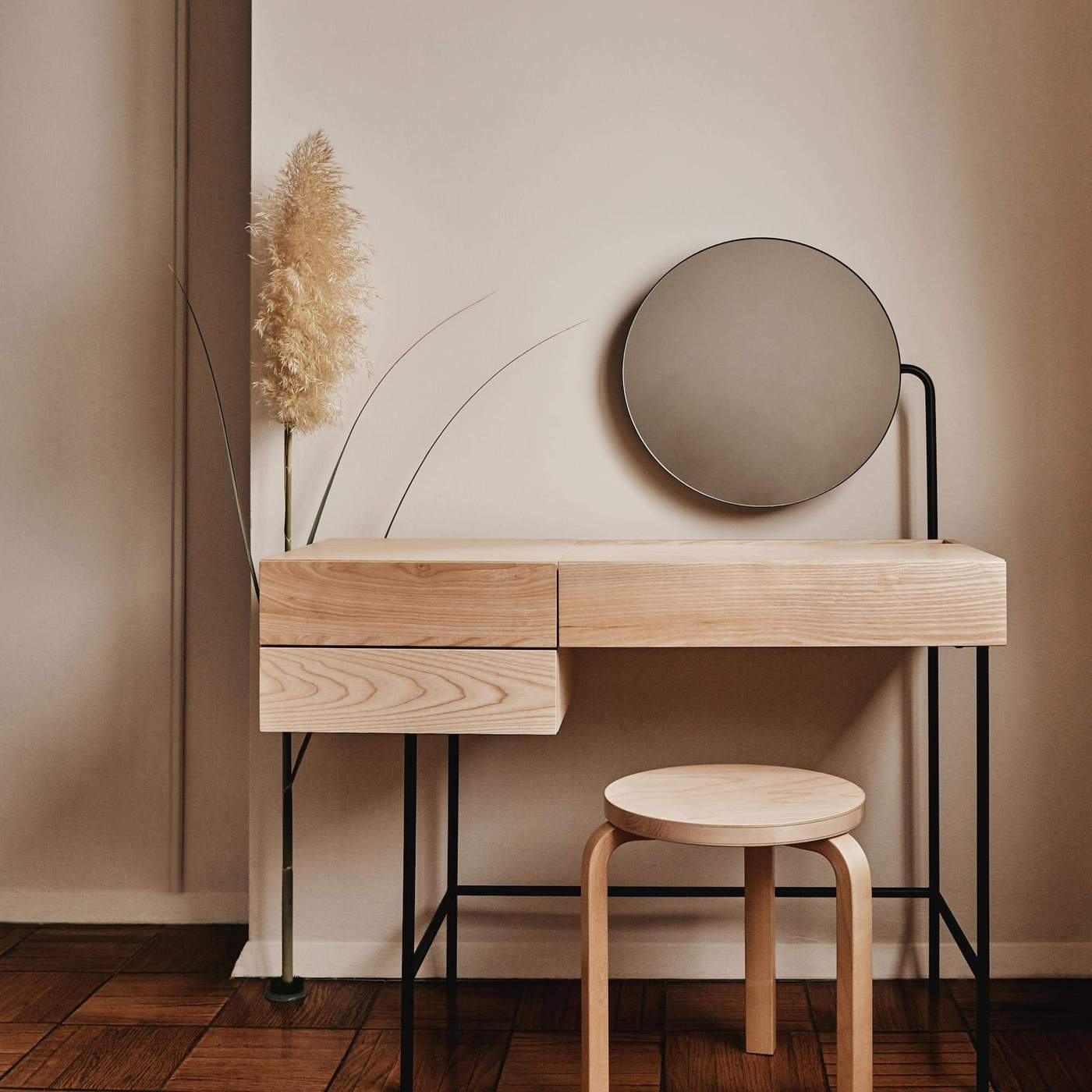
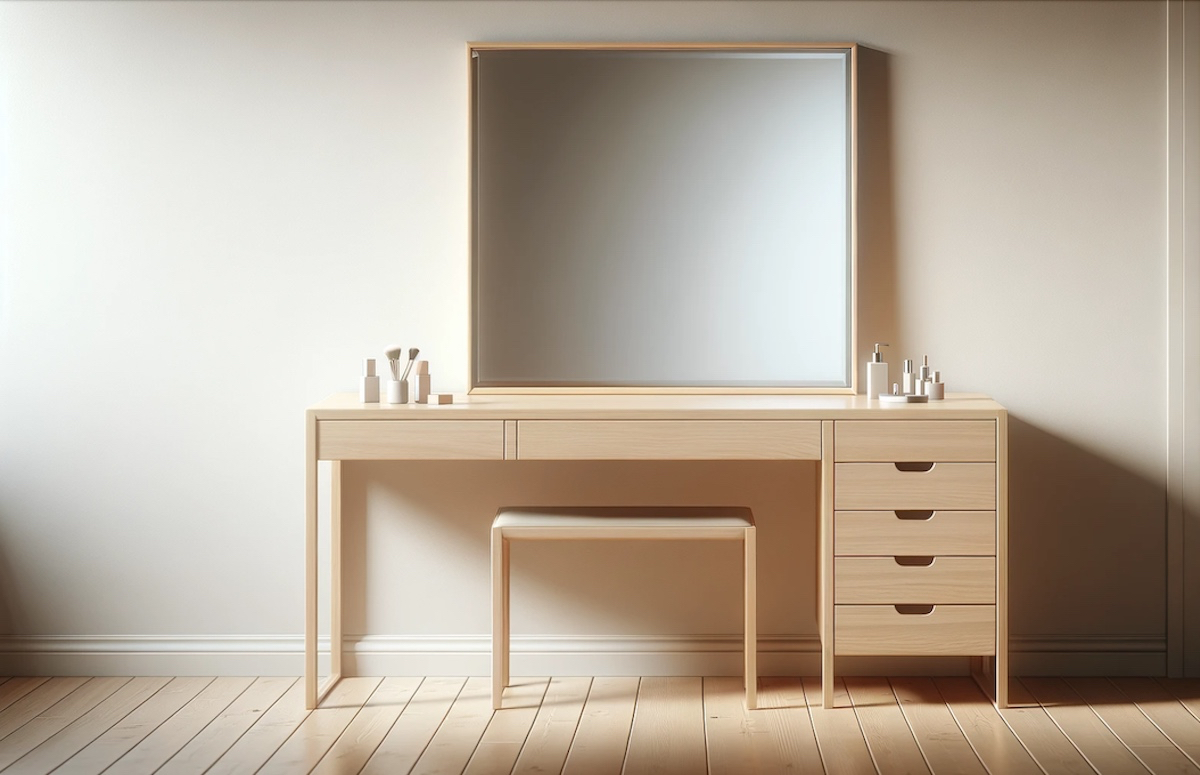
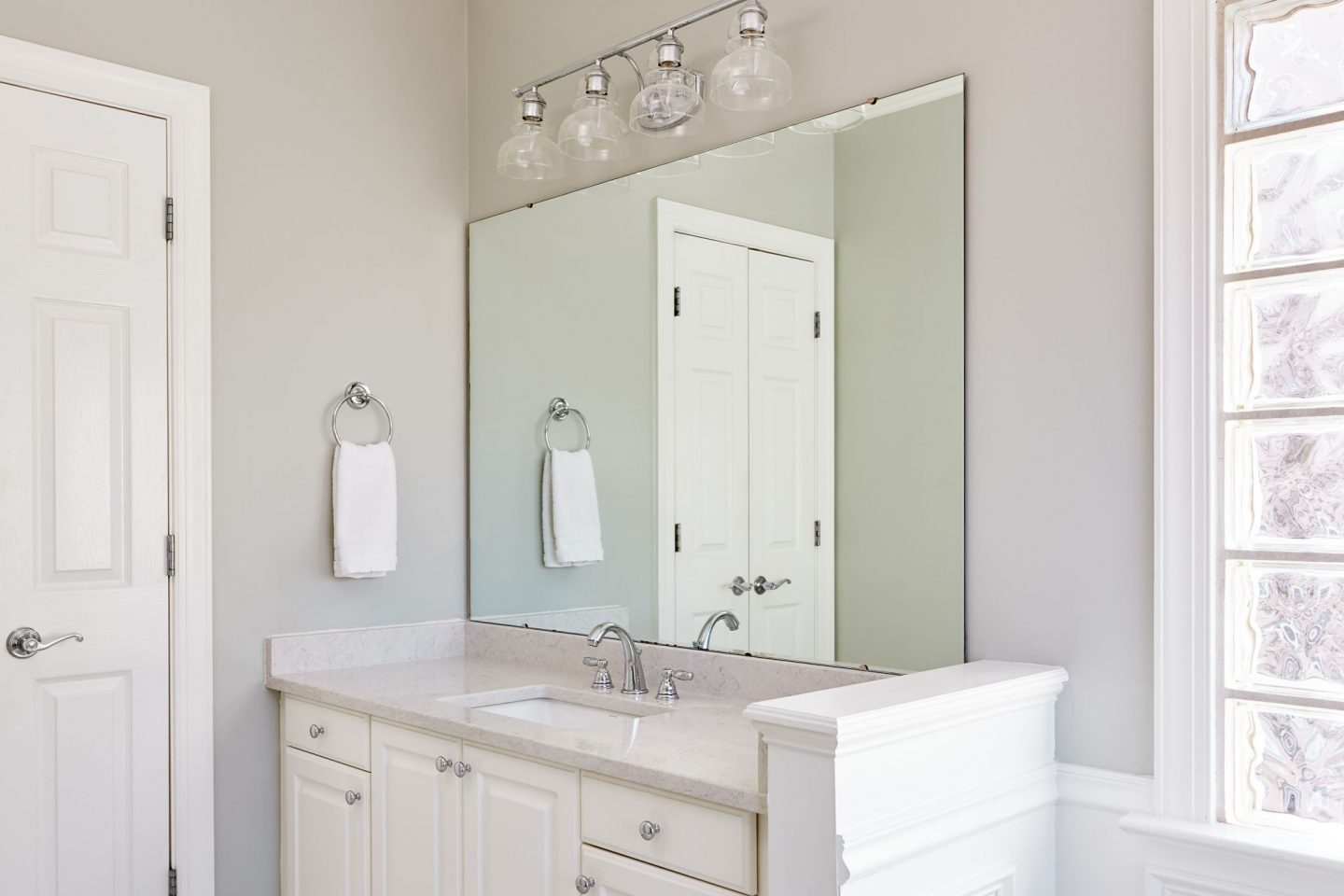
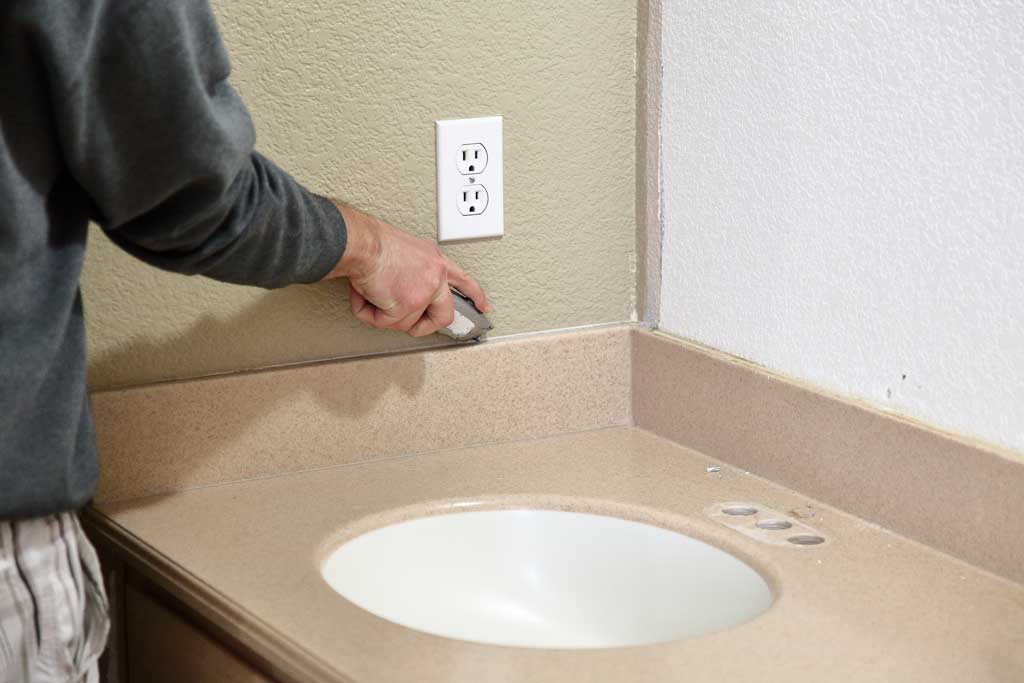
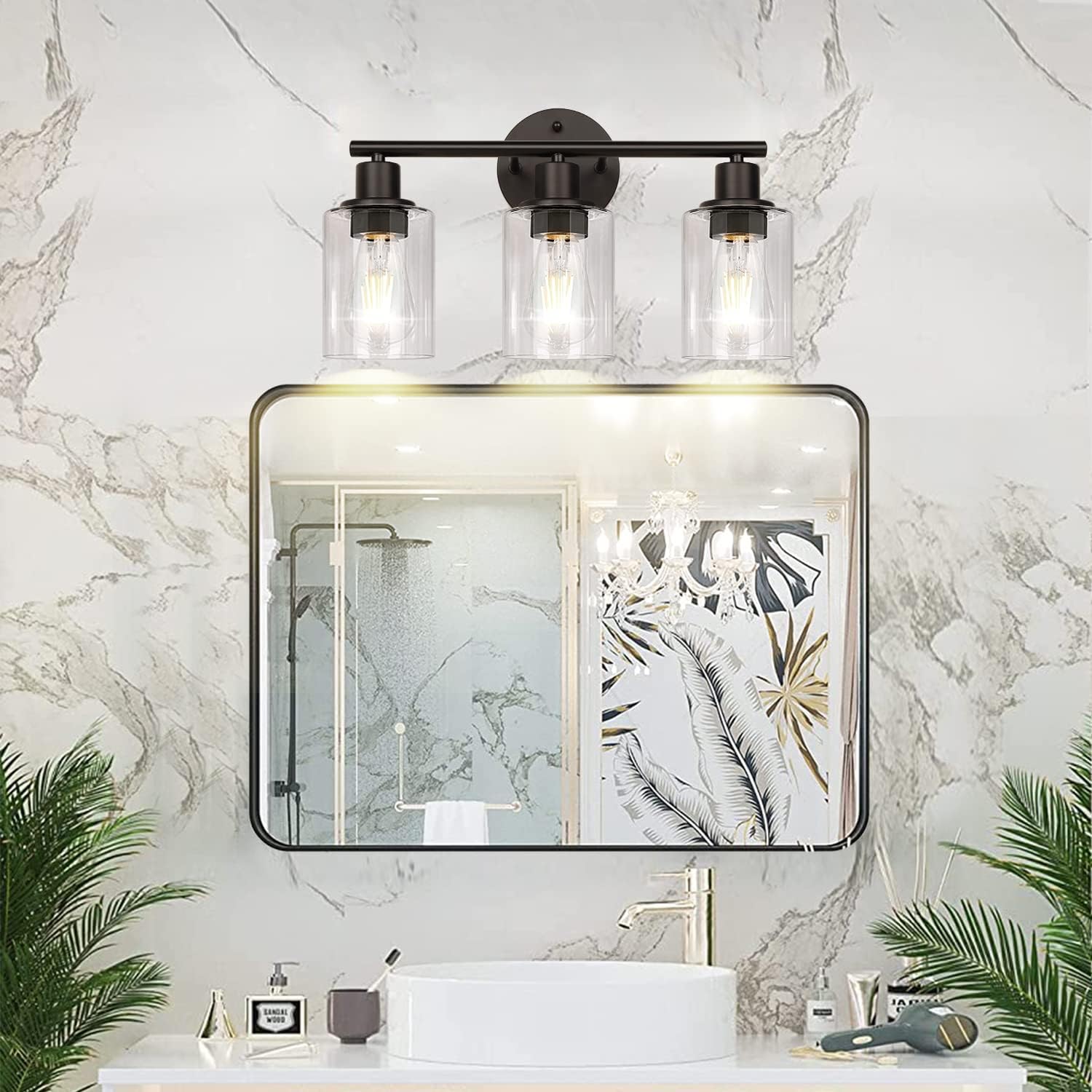
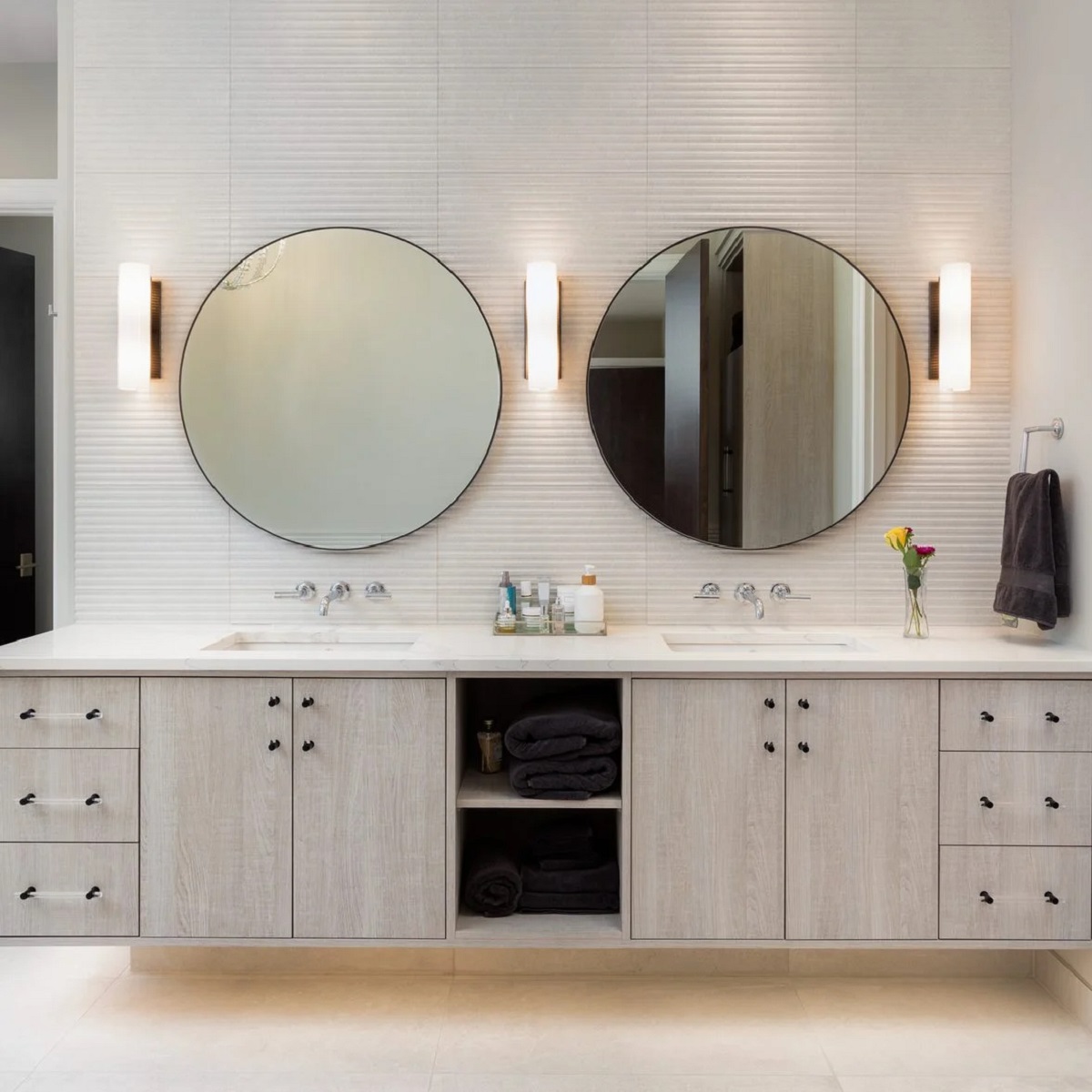
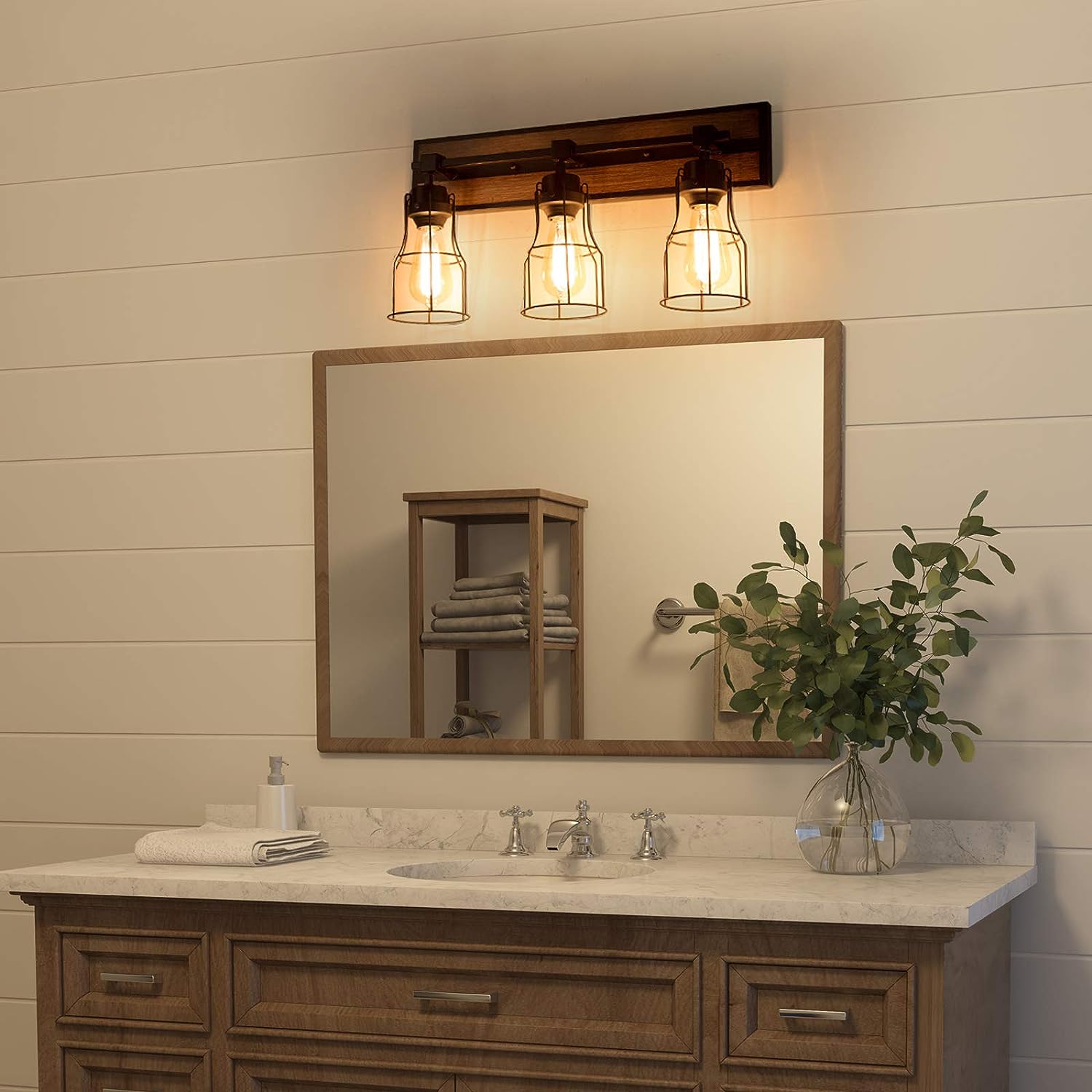

0 thoughts on “How To Style Bathroom Vanity”